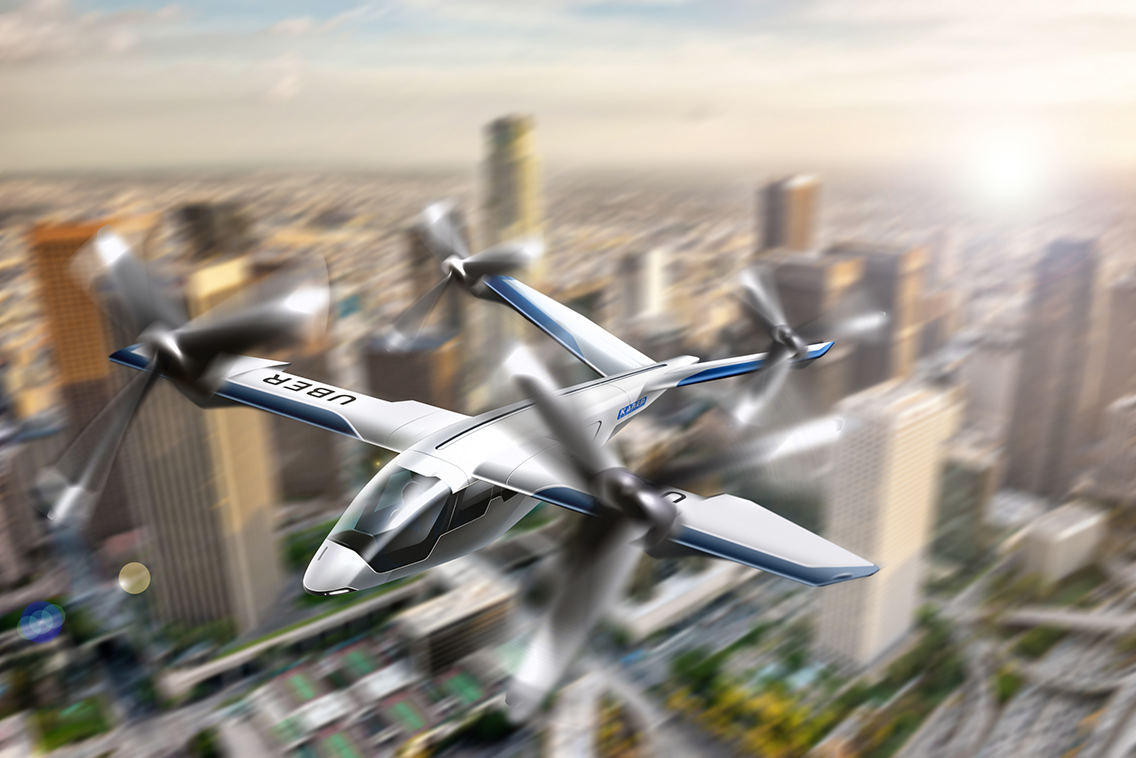Uber faces immense challenges if it is to get its flying taxi operation into commercial service by 2023, according to leading aviation journal Aviation Week & Space Technology.
The ride-hailing giant has been in Australia looking at Sydney and Melbourne to trial its air taxi concept in 2020 but Aviation Week‘s Guy Norris says that while “Uber’s air taxis will be piloted initially, to ease certification and airspace access, its plans to scale up depend on shifting to autonomy as soon as possible.”
WATCH Virgin Galactica fires up
The problem is that surveys show that passengers are not willing to trust a pilotless plane.
Aside from that challenge, Uber’s concepts are at the cutting edge of technology and much of it is not mature.

Uber is looking at a variety of vehicles which will be electric vertical take-off and landing vehicles (eVTOLs), most of which look like scaled up drones.
One of the concepts comes from Boeing subsidiary Aurora Flight Sciences and its chief executive told a recent conference that its research indicates that urban air transport will not make money if vehicles are piloted.
“Autonomy is absolutely essential to getting the utilization and safety rates—and there are not enough pilots,” he told Aviation Week.
Uber plans to have a demonstrator flying by 2020 and certification by 2023.
The company plans to focus on Los Angeles and Dallas for its proof of concept flights.
Airspace and regulatory issues have emerged as the real tougher issues aside from passengers acceptance.
The issue is that to be economically viable, Uber needs to grow the concept to a large scale as quickly as possible.
According to Aviation Week, “initial commercial operations in Dallas/Fort Worth and Los Angeles are planned to use 50 aircraft making 1,000 flights a day between a handful of skyports.”
“But Uber is looking to networks with 40 nodes and 1,000 aircraft making hundreds of thousands of flights daily.”
That is where the challenges become immense says, Mr. Norris.
To try and resolve this Uber has signed up with NASA, which is accessing the impacts of small aircraft—from delivery drones to eVTOLs—in the dense urban airspace.
























